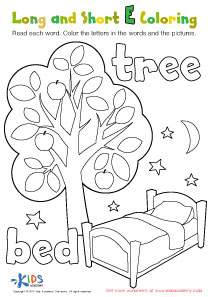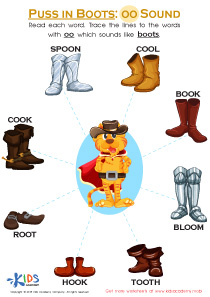Normal Middle Vowel Worksheets for Ages 3-7
4 filtered results
-
From - To
Discover our engaging Normal Middle Vowel Worksheets designed specifically for children ages 3 to 7! These interactive printables help young learners identify and practice middle vowel sounds in an enjoyable way. Featuring colorful illustrations and easy-to-follow instructions, our worksheets make learning phonics both fun and effective. Ideal for homeschooling, classroom settings, or extra practice at home, these resources encourage early literacy skills while promoting visual recognition and critical thinking. From filling in blanks to matching games, our middle vowel activities cater to various learning styles. Download your worksheets today and support your child’s journey to reading confidence and success!
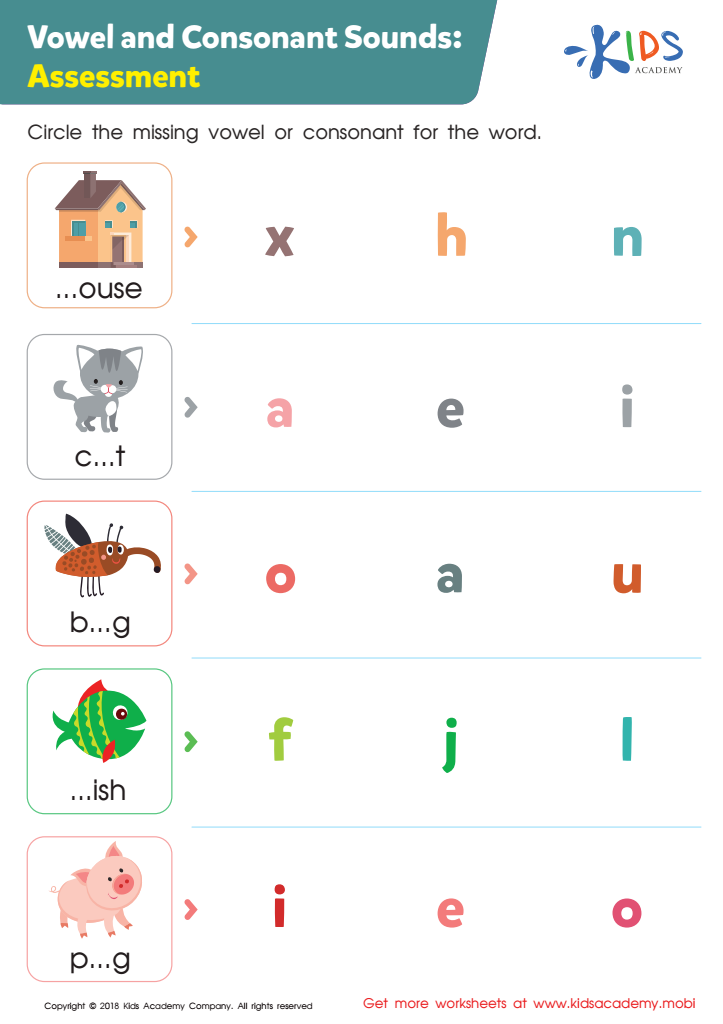

Vowel and Consonant Sounds: Assessment Worksheet
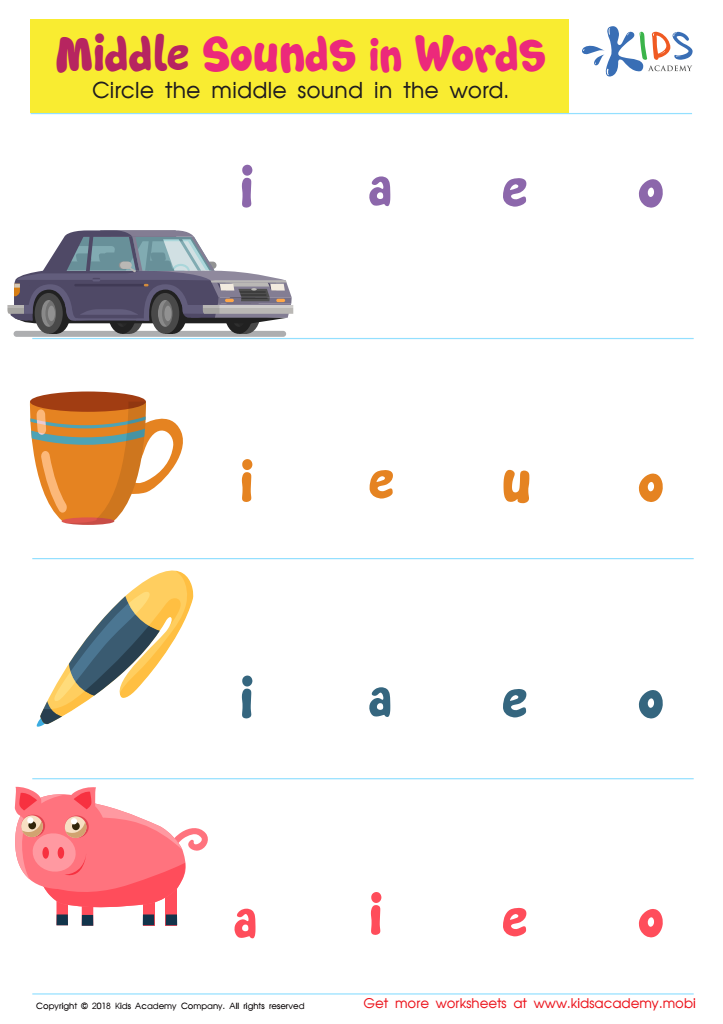

Middle Sounds in Words Worksheet
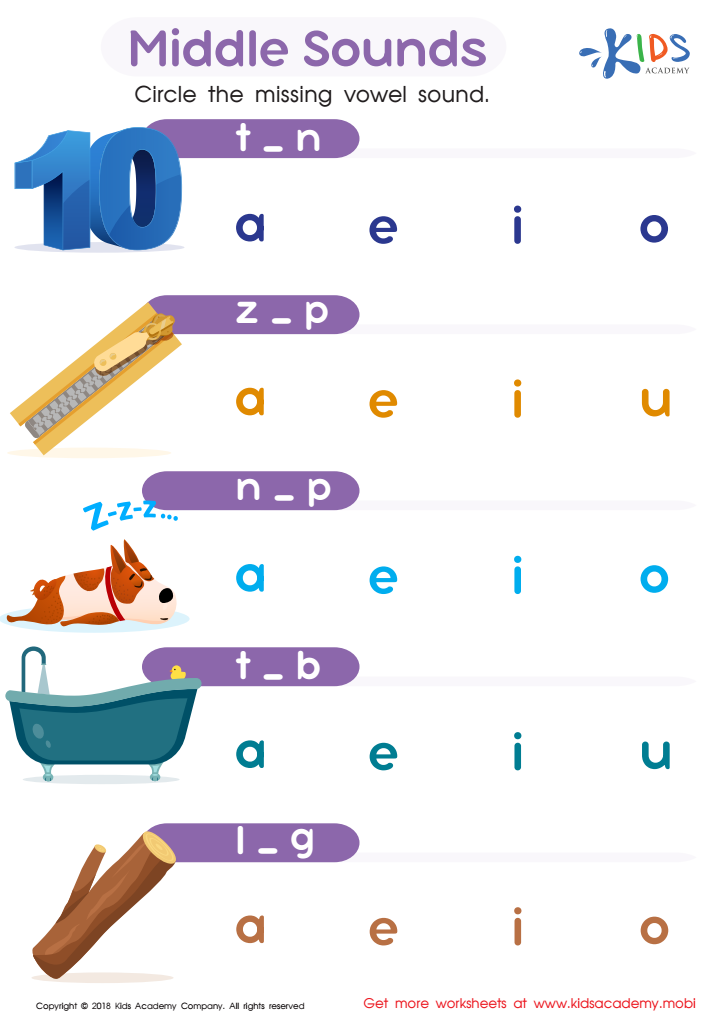

Middle Sounds Worksheet
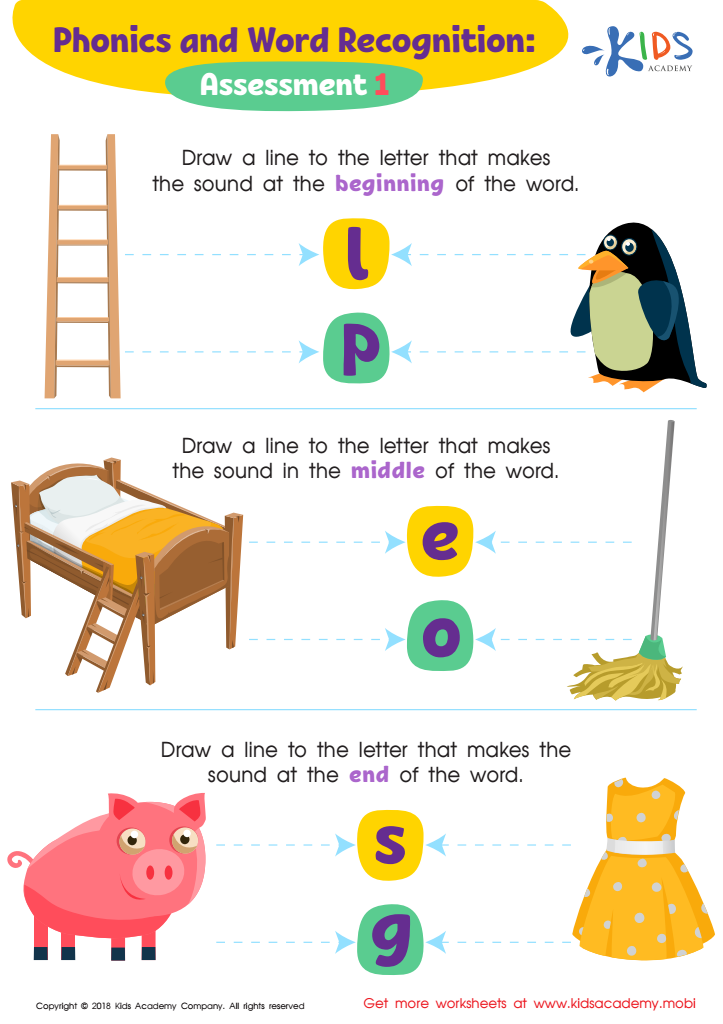

Phonics and Word Recognition: Assessment 1 ELA Worksheet
Normal middle vowels are foundational elements in early childhood literacy development. For children aged 3-7, understanding and using correct middle vowel sounds can significantly enhance their reading and writing skills. During this critical period, children are honing their phonemic awareness—the ability to hear, identify, and manipulate sounds in spoken words. Middle vowels play a key role in this process.
Teachers and parents should be attentive to these sounds because they help children decode words and improve their comprehension. When children grasp the concept of middle vowels, they can associate them with corresponding letters, leading to better spelling and word recognition. This knowledge supports their ability to read simple books and write basic sentences, fostering confidence in their literacy abilities.
Engaging in activities that emphasize normal middle vowels can also help develop children’s listening and speaking skills. Through playful interactions, such as games, songs, and storytelling, adults can create a rich linguistic environment that encourages exploration and curiosity about language.
Ultimately, investing time and effort in teaching middle vowels lays a strong foundation for children's future learning. As literacy skills develop, they open doors to academic success and lifelong learning, making it essential for parents and teachers to prioritize this aspect of early education.

 Assign to My Students
Assign to My Students





